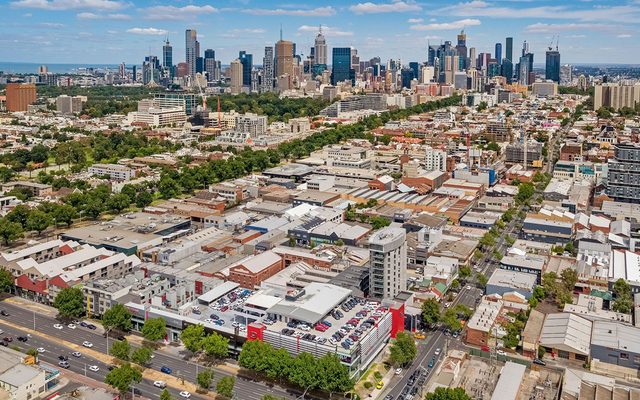This article is from the Australian Property Journal archive
THE NSW Legislative Council has passed the Minns government’s new infrastructure contributions bill, meaning future housing growth across the state will include more infrastructure for community needs.
The new infrastructure contributions scheme, called the Housing and Productivity Contribution, will take the place of the Special Infrastructure Contribution system.
The new scheme will see communities with high levels of housing growth given access to $1 billion over 10 years and as much as $700 million per year beyond that.
The Housing and Productivity Contribution will apply to residential developments that intensifies land-use where new dwellings are created; commercial and retail developments such as shops, neighbourhood shops, supermarkets, and commercial office buildings where new floorspace is created; industrial developments such as warehouses and industrial buildings, where new floorspace is created.
Some types of development may be exempt from paying the contribution, potentially including public housing, seniors housing, affordable housing and secondary dwellings carried out under the Housing State Environmental Planning Policy (SEPP).
“The former Government left us with the biggest housing crisis this state has ever seen, so we’re taking action to get new home builds moving and supporting infrastructure funding,” said Paul Scully, minister for planning and public spaces.
Access to the funds will be utilised by local councils to invest in and accelerate the delivery of vital infrastructure to support homes and jobs, including regionally significant facilities like sporting complexes and open spaces
“These reforms lock in infrastructure contributions of up to $700 million each year into the future helping to create great places around new housing,” added Scully.
“Our infrastructure contribution reforms set up a stronger system with a fair and consistent charge applied across Greater Sydney, Lower Hunter, Central Coast and the Illawarra-Shoalhaven, to help pay for the infrastructure needed to support growing communities.”
The bill successfully passed through both houses with the support of the Greens and Animal Justice Party, though it was opposed by both the Liberal and National parties.
“After 12 years of inaction on housing and effectively creating our current housing crisis, the Liberals and Nationals cynically voted against these reforms to better connect homes, jobs and infrastructure. They voted against it despite taking a very similar plan to the election only a matter of months ago,” said Scully.
Industry body Urban Taskforce expressed disappointment with the bills passing, claiming the government ignored the concerns of the development and construction sector and noted changes will add $10,000 to the cost of delivering a new apartment and $12,000 to delivering a new house.
“Put simply, this new tax will result in many projects stalling before construction starts. It will not deliver the anticipated revenue and worse, it will work against the Government’s stated commitment to deliver on housing supply,” said Tom Forrest, CEO at Urban Taskforce.
While the contribution will cost $10,000 for a new apartment and $12,000 for a new house in Greater Sydney, contributions come in at $6,000 and $8,000 respectively across Illawarra, Shoalhaven, Central Coast and Lower Hunter regions.
In a recent episode of APJ’s Talking Property podcast, David Oudshoorn, State Director NSW at MaxCap Group and Grace Wu, Managing Director, Bridgestone Projects discussed the raising costs of delivering housing for developers.
The bill follows reforms to the NSW Planning system, including redeploying hundreds of staff members from the Greater Cities Commission and Western Parklands City Authority.
The new scheme will not affect the local infrastructure contributions currently paid to councils and is intended to come into effect from 1 October 2023.




